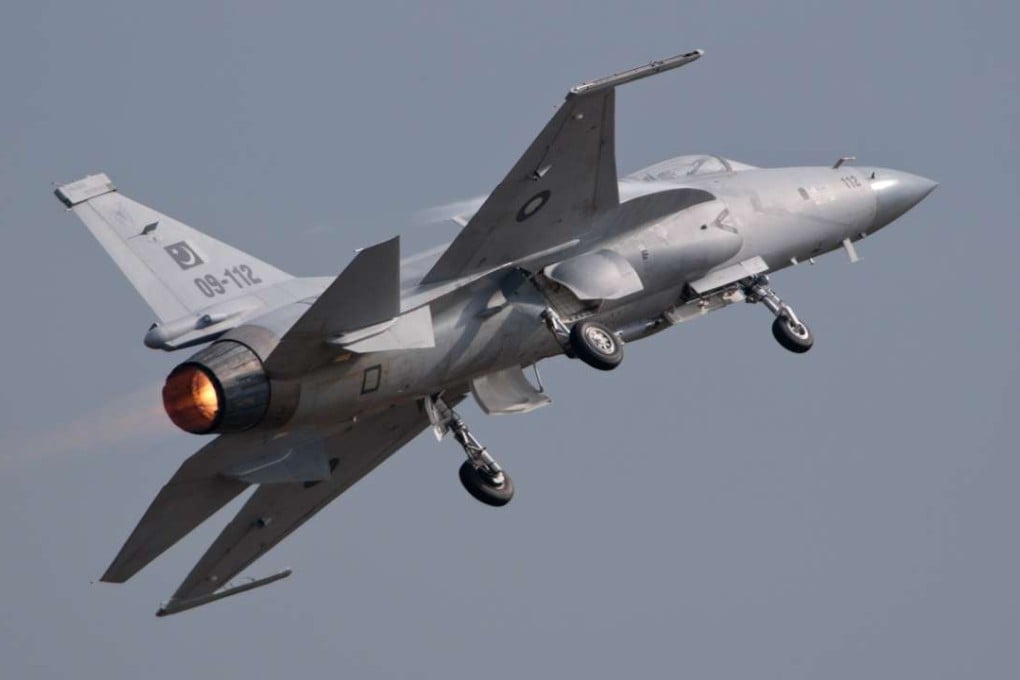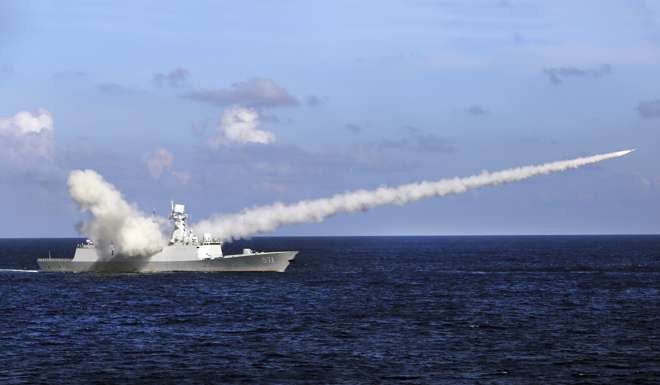China battles fierce competition and quality issues in fight for weapons sales
More than 900 Chinese weapons will be on display at Zhuhai air show, but it still trails US and Russia in global market share

The biennial Airshow China expo in Zhuhai, which starts on Tuesday, will showcase many advanced, Chinese-made weapons to potential customers in Asia and Africa.
Another important factor is that major importers of arms lack the required political trust in China
But while military experts say the quality of cheaper Chinese weapons has improved, Chinese manufacturers are still struggling to build brands in an international market dominated by competitors from the United States and Russia.
At September’s Africa Aerospace and Defence air show in Pretoria, South Africa, Chinese exhibitors struggled to find buyers even though Beijing tried hard to secure sales of its L-15 Falcon trainer and JF-17 fighter, Andrei Chang, the founder of military magazine Kanwa Asian Defence, told the South China Morning Post.

He said Cameroon had received four Harbin Z-9 attack helicopters from China after Beijing offered a US$100 million loan last year, but one of them had crashed soon after being handed over. Cameroon was still negotiating with China over the accident and had no any plans to buy any more Chinese weapons due to quality concerns, Chang said.
Professor Jonathan Holslag, head of research at the Brussels Institute of Contemporary China Studies, said financial problems were causing many countries, including South Africa, to be more hesitant and cautious when purchasing new arms.